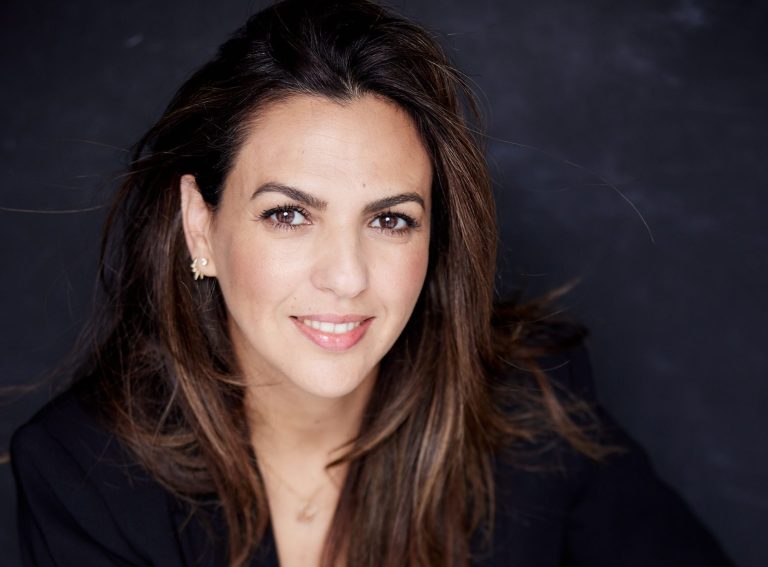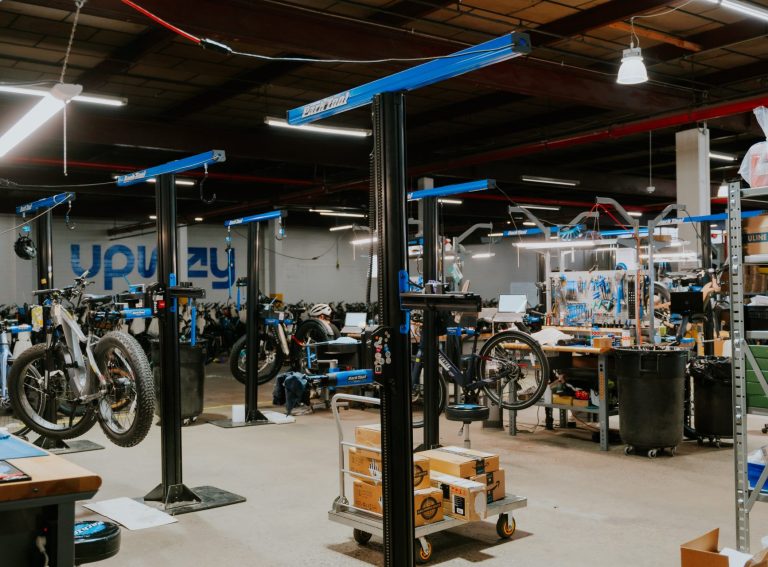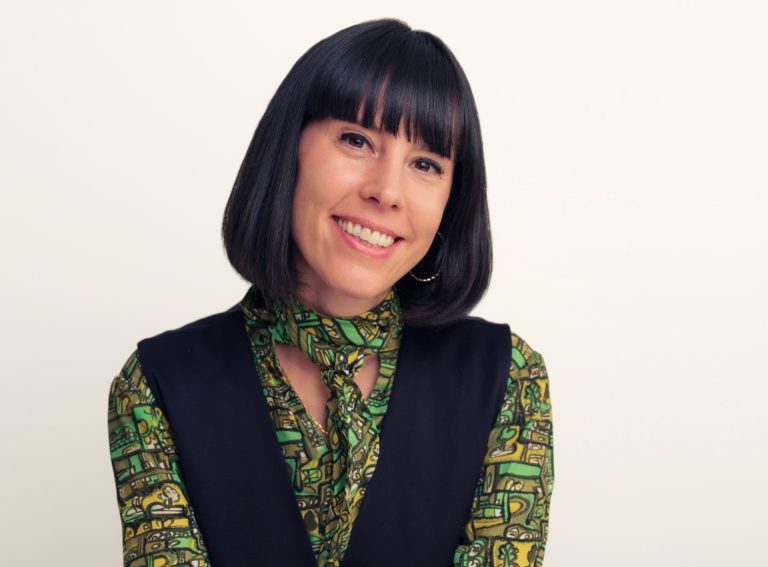It will take 131 years to reach full gender parity if progress continues at its current pace, the World Economic Forum says.
Challenging this statistic, UK non profit Women in Transport has made gender equality its mission statement for the last two decades by supporting the professional development of women working in the transport sector.
Next year, Women in Transport celebrates its 20th anniversary.
Paying tribute to just one of the women making it happen, we sat down with Sonya Byers who, from joining the organisation 17 years ago, has worked her way up to become one of the few female CEOs in the sector.
Zag: Women in Transport works with the All Party Parliamentary Group to improve gender balance within the transport sector. What’s been the most interesting insight?
Sonya: “The data. It tells us what is really happening versus what people think is happening. For example, there are 26% of women in the transport workforce but this lumps together many roles such as transport-specific roles, storage, warehousing and more. In our Equity Index Project, which analysed gender diversity in 72 organisations, we found 23% of the workforce to be female but less than half of those women are in transport technical roles and the rest are in non-transport-specific roles such as human resources, marketing, finance and admin. These roles are of course very valuable, but the skills are transferable. We want to increase the number of women in roles that require specific technical transport skills and we need to target those roles that are truly underrepresented.”
Zag: Do you have any examples of organisations that have recognised this distinction?
Sonya: “Network Rail is doing this by targeting its railway engineers, recognising that that’s where the underrepresentation is and introducing new methodologies to include women. Our Equity Index found that 75% of transport companies have no documented recruitment strategy to increase or maintain the representation of women in their workforce. If we have no action plan, how can we make change?”
Zag: Why might women be more drawn to non-transport-specific roles within the sector?
Sonya: “What we know is there are long-term perception issues of transport-specific roles being a ‘male job’ rather than a ‘female job’ and there’s a lack of transparency and knowledge around career pathways. There are basic hygiene issues too – inadequate facilities and a lack of personal protective equipment (PPE). Gender becomes something that is lumped in with policy for diversity and inclusion which means, when there’s a recession or economic downturn, we get squeezed.
“We’ve also recently done some work on the motherhood penalty, and there’s some brilliant work from the charity Pregnant then Screwed. The motherhood penalty impacts on aspects of women’s careers such as pay, promotion and the ability to gain good quality employment. 80% of the gender pay gap is due to the motherhood penalty and it can affect women regardless of whether they have or are planning to have children.”
Zag: Is the motherhood penalty particularly prominent in the transport industry?
Sonya: “It’s not just a transport-specific issue. It’s one of many things that affect women and because there are less women in transport, it compounds the effect. I know of women in small mobility companies who have been the first person to take maternity leave, and it’s never been something for the organisation to think about before then. There’s no policy and they don’t know what to do in this situation. So as well as a woman having all the mental and physical load of parenthood, she also needs to write the maternity policy.”
Zag: What can the new mobility sector do about this?
Sonya: “Companies need to have policies that are prepared for people to have children. There needs to be a clear strategy on how somebody’s career doesn’t stall because of parenthood. How can we integrate them back into the workforce? How do they stay part of the team? How do we ensure that their progression continues and we don’t make assumptions about what they can or can’t do post-parenthood? This is about family-friendly policies that don’t only impact women because families come in all shapes and sizes. We need to put the right systems in place with transparency about pay and progression pathways, and there needs to be appropriate development opportunities. In order to create equity, you don’t give everybody the same help.”
Zag: How do you create equity then?
Sonya: “You have to give individualised pathways for people to achieve equity. It’s not about pushing anyone out, it’s about creating a level playing field. We don’t create a level playing field by giving everybody equal access to the same opportunities, because you can give somebody access but it won’t necessarily bring them up to the same level. If you have three people and give them all the same bike, that’s equal access. There could be a five-year-old child, somebody who needs a mobility aid, and an adult with no additional needs. Giving them all an adult bike is equal access but not equity. The child needs a child bike, maybe with stabilisers. The person with a mobility aid would need something they can accessibly use. The adult will be fine with the adult bike. Organisations can’t have a one-size-fits-all approach to create equity.”
Zag: What do you think is the biggest challenge for women working in transport?
Sonya: “It’s the perception. This is definitely changing but there’s still this idea that certain jobs won’t attract women. We need to overcome that stereotype and build a critical mass who can make the change. You need a critical mass of women in order for it to be economically worthwhile for organisations to make change. For example, the right PPE exists, but there’s not enough people who are advocating for it.
“If you believe theories on social change then the time is fast approaching for a tipping point for women working in transport. Reaching 25% of the transport force as women would be a tipping point where we have an opportunity to accelerate the pace of change. It’s not just about women, it’s about having enough people, even if they are in the minority at 25%, who believe that equity is the right thing for our sector and are willing to actively support the changes needed to make a difference.”
Zag: Who is one woman you’d like to spotlight from the transport industry?
Sonya: “Ideally, I would spotlight every woman from Women in Transport. But also, Rachel Skinner who’s an executive director at WSP. She’s our patron and was one of the earliest presidents of Women in Transport. She’s doing so much still to advocate and promote what we do, but also, she shines a light in her own right and shows you what you can do and be as a woman in this industry.”





